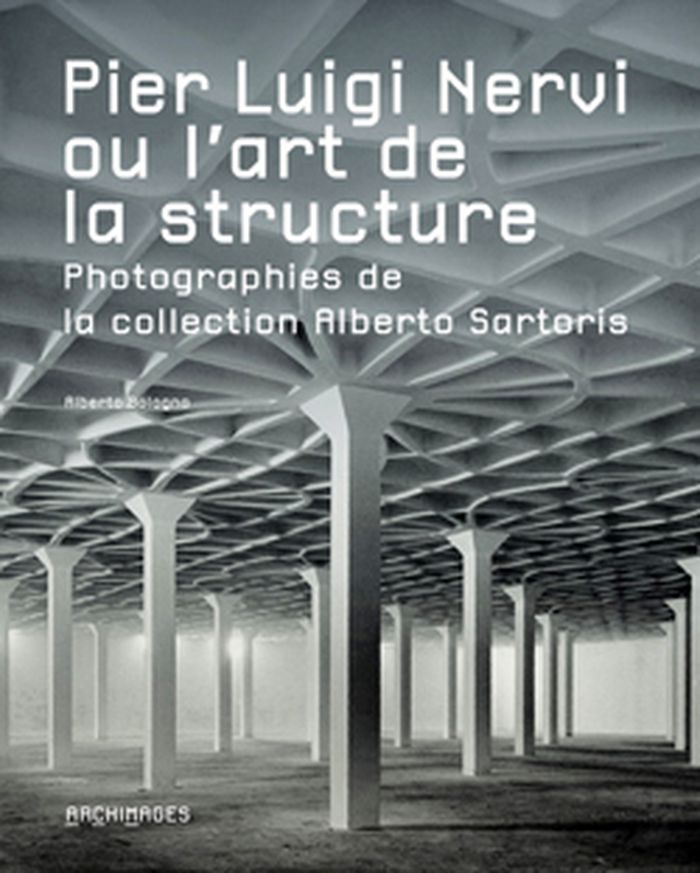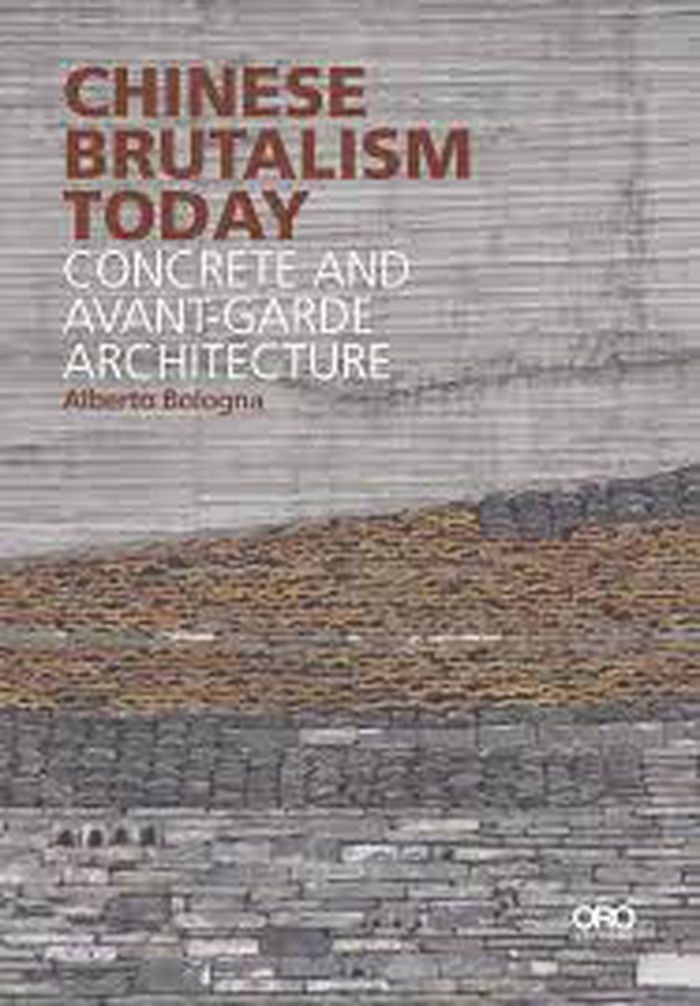$28.00
(disponible sur commande)
Résumé:
Considéré comme un des plus grands ingénieurs du XXe siècle, Pier Luigi Nervi (1891-1979) a, tout au long de sa carrière, utilisé la photographie comme outil privilégié d’autopromotion. Il a fait parvenir à Alberto Sartoris plus d’une centaine de photographies originales signées de photographes italiens renommés, actuellement conservées aux Archives de la construction(...)
Pier Luigi Nervi ou l'art de la structure: photographies de la collection Alberto Sartoris
Actions:
Prix:
$28.00
(disponible sur commande)
Résumé:
Considéré comme un des plus grands ingénieurs du XXe siècle, Pier Luigi Nervi (1891-1979) a, tout au long de sa carrière, utilisé la photographie comme outil privilégié d’autopromotion. Il a fait parvenir à Alberto Sartoris plus d’une centaine de photographies originales signées de photographes italiens renommés, actuellement conservées aux Archives de la construction moderne. En les publiant dans ses ouvrages, Sartoris a contribué à diffuser le nom de Nervi et à accroître sa notoriété. Ce livre présente un choix d’images qui magnifi ent les structures les plus représentatives et les plus spectaculaires de l’ingénieur comme des objets moins connus et qui témoignent du lien étroit entre des techniques constructives – le ferrociment notamment, invention principale de l’ingénieur – et une expression formelle qui deviendra emblématique de l’Italie de l’après-guerre.
Architecture, monographies
$64.95
(disponible sur commande)
Résumé:
China is the largest consumer of cement and concrete in the world, the use of which has peaked in the first two decades of the twenty-first century. Used for the construction of extensive infrastructure and buildings, over the last twenty years renowned Chinese architects have been working in and studying the constructive limits and spatial and superficial effects of(...)
Chinese brutalism today: concrete and avant-garde architecture
Actions:
Prix:
$64.95
(disponible sur commande)
Résumé:
China is the largest consumer of cement and concrete in the world, the use of which has peaked in the first two decades of the twenty-first century. Used for the construction of extensive infrastructure and buildings, over the last twenty years renowned Chinese architects have been working in and studying the constructive limits and spatial and superficial effects of exposed concrete. In the process, they have created a wave of avant-garde architecture in China. Chinese Brutalism Today investigates the compositional, formal, and ornamental reasons for this architecture and its different surface finishes, from rough to smooth. This new wave of Chinese Brutalism is, in large part, a regional evolution and development closely linked to local construction processes and the available labor force. The finished tectonics represent not only a way to read the architecture, but also reveals the complex decision-making processes and planning that led from the conception to construction of these buildings.
Brutalisme

